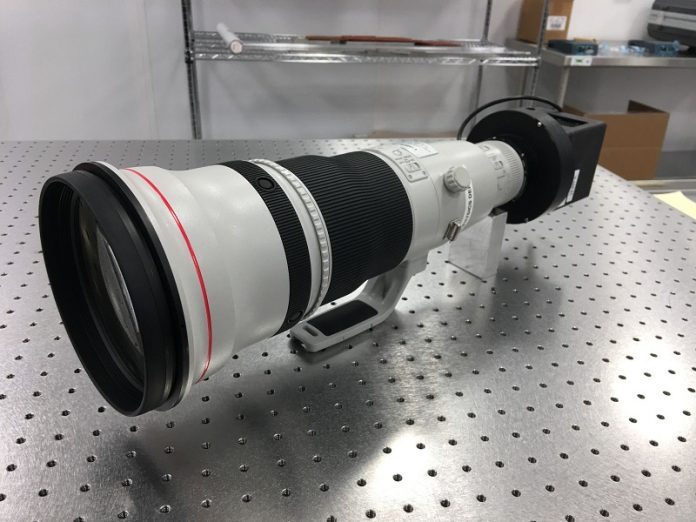
What if I told you that a special camera from Yale is helping scientists better understand the universe’s expansion and the role of dark energy?
This device, called the Yale Fiberview Camera, is a part of an ambitious project named the Dark Energy Spectroscopic Instrument (DESI). DESI’s main goal is to make a 3-D map of the sky to study how dark energy affects the universe’s growth.
It’s a bit like Google Maps for the cosmos, but way more complex!
DESI has recently published an astonishing 80 terabytes of data.
To give you an idea of how much data that is, it would take over 80,000 years to play that much music non-stop! This data contains information on nearly two million objects, like galaxies far, far away, mysterious quasars, and even stars within our very own Milky Way.
This data trove has already helped researchers write several scientific papers about galaxy grouping, studies of rare cosmic objects, and more. It also proves that DESI can do what it was designed to do.
Nathalie Palanque-Delabrouille, a co-spokesperson for DESI, explained that DESI’s success in collecting so much useful data is a major achievement.
It shows that DESI is a one-of-a-kind tool that not only helps study dark energy but also helps scientists explore other exciting topics like dark matter, gravitational lensing, and galaxy shapes.
Now, let’s talk about the Yale Fiberview Camera, the superstar of our story. Imagine DESI as a massive, sky-gazing machine with 5,000 tiny robots moving optical fibers to capture light from objects that are millions or even billions of light-years away.
It’s the most potent device of its kind, able to measure light from more than 100,000 galaxies in one night! This light helps scientists figure out how far these objects are, helping them create their 3-D cosmic map.
But what does the Fiberview Camera do? It’s the ‘director’ of the little robots, guiding them to position the optical fibers accurately and quickly.
Since the targets change every 20 minutes, it’s essential to move to new targets as fast as possible, and the Fiberview Camera is the MVP that makes this happen.
This fantastic device was designed, built, and installed by a team of dedicated scientists and engineers at Yale’s Wright Lab. This team, including Professor Emeritus of Physics Charlie Baltay, and others, also created self-lit sources mixed with the fibers in DESI.
These sources help calibrate the Fiberview Camera and link its measurements to on-sky target coordinates.
David Rabinowitz, a senior research scientist involved in the project, highlighted the importance of the Fiberview Camera, stating, “None of the 5,000 fibers in the spectrograph would move on target without the camera. So it is partly the engineering and research efforts at Yale that have made DESI a success.”
This exciting project proves how technology and human ingenuity can help us unravel the deepest mysteries of the cosmos!
Follow us on Twitter for more articles about this topic.



